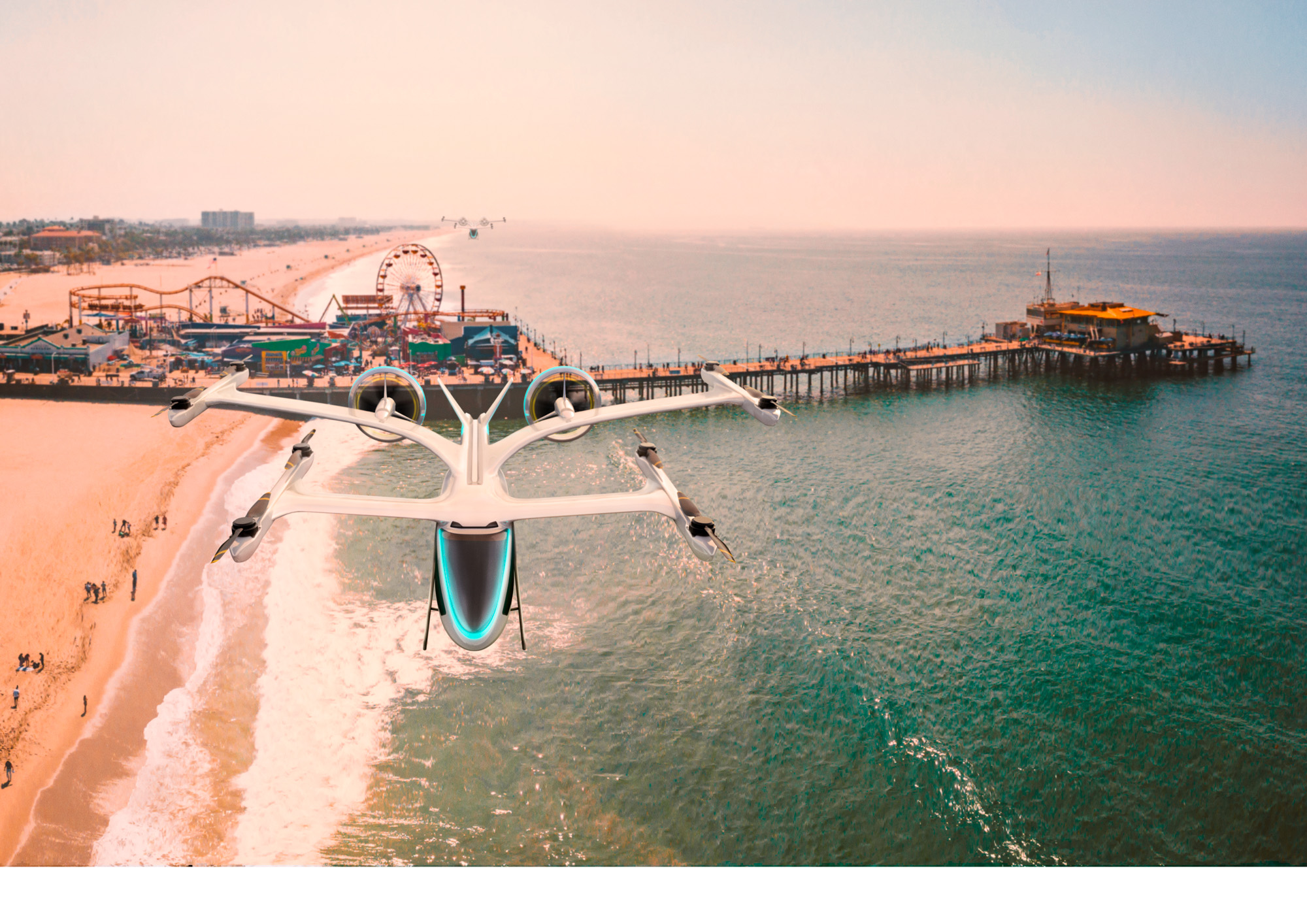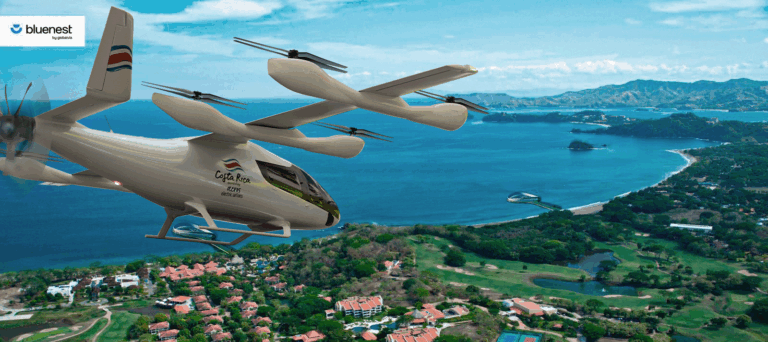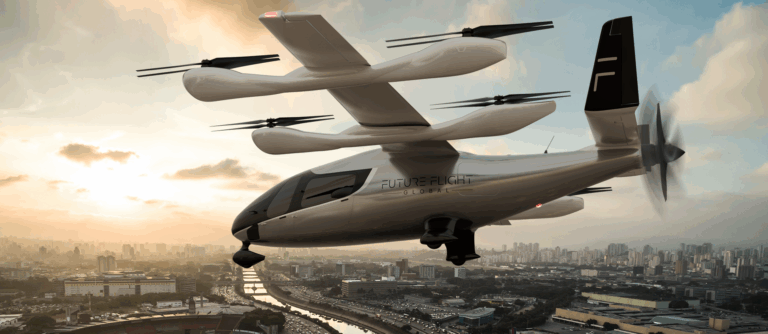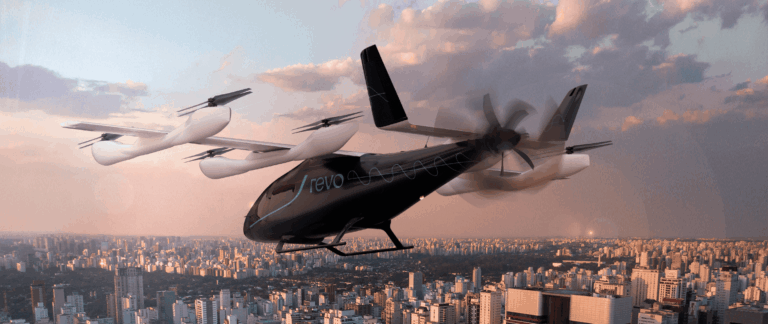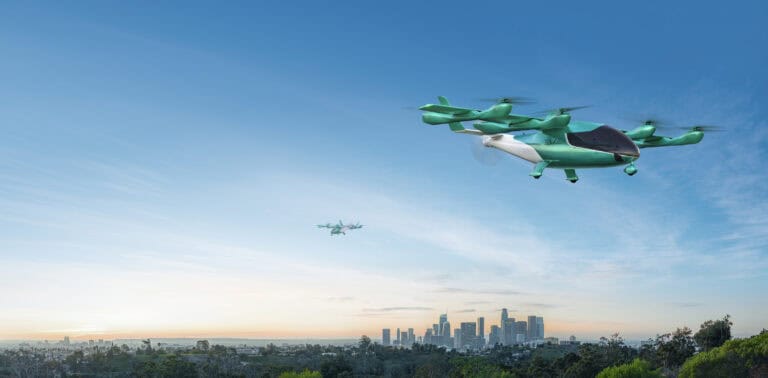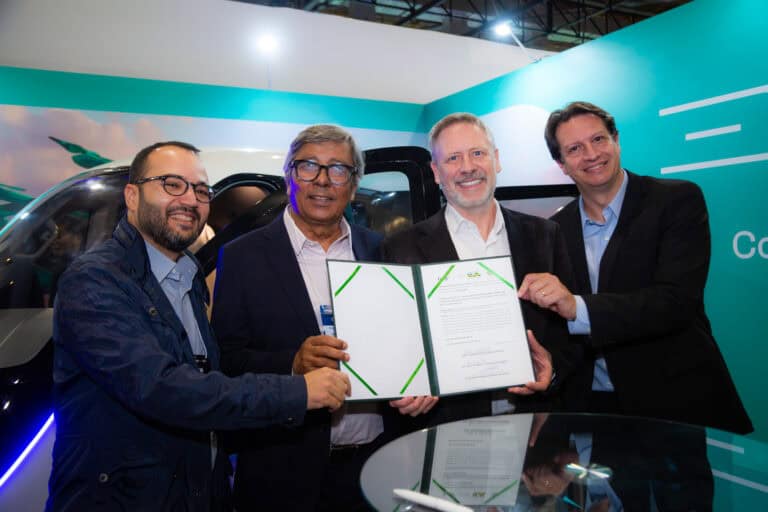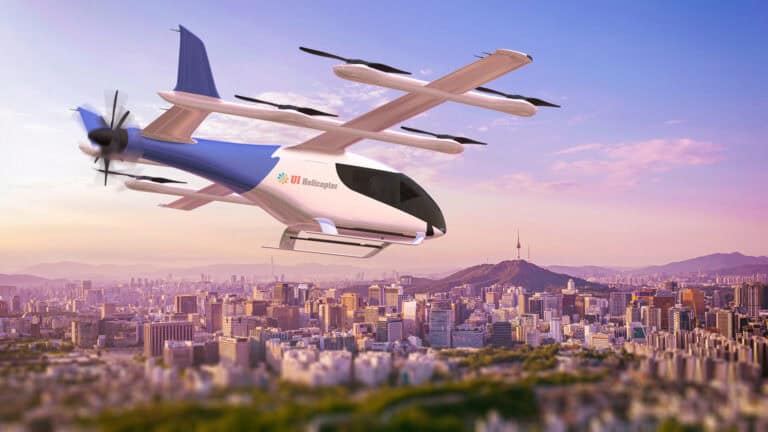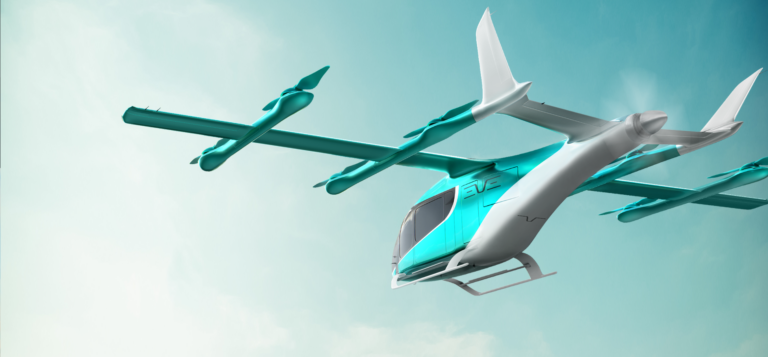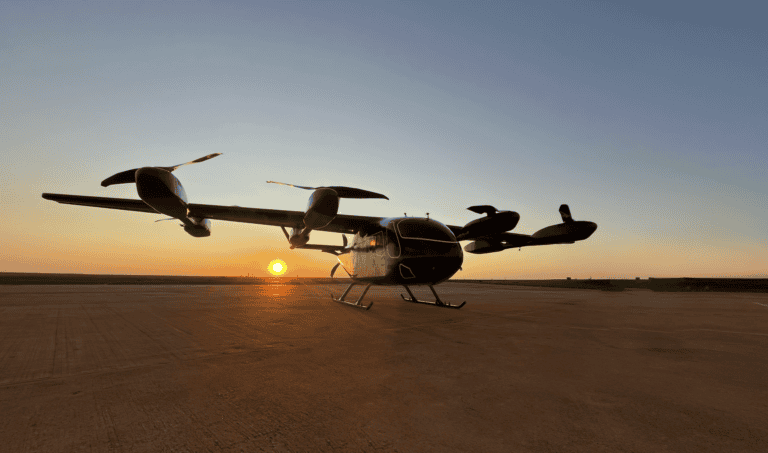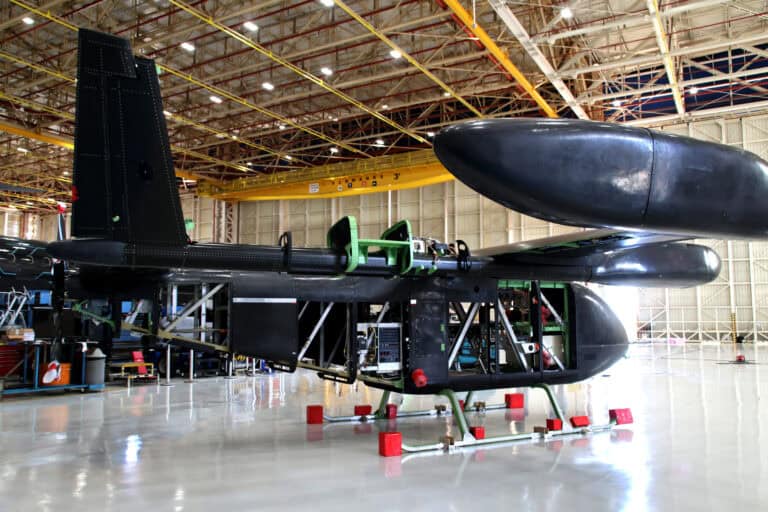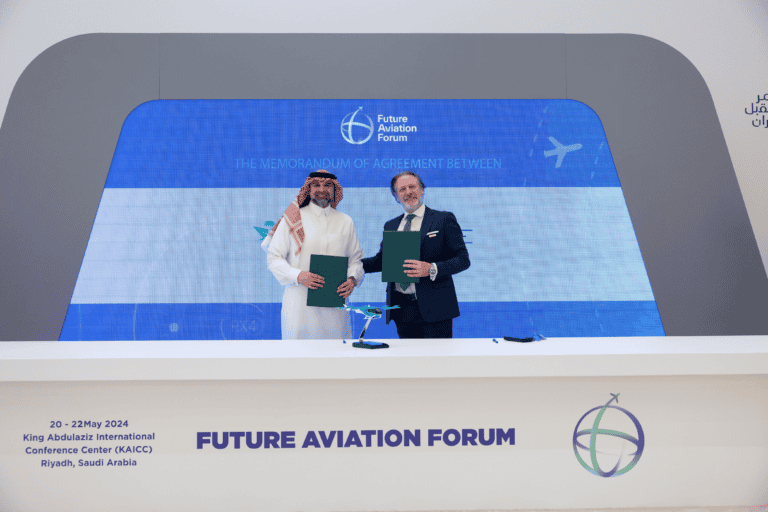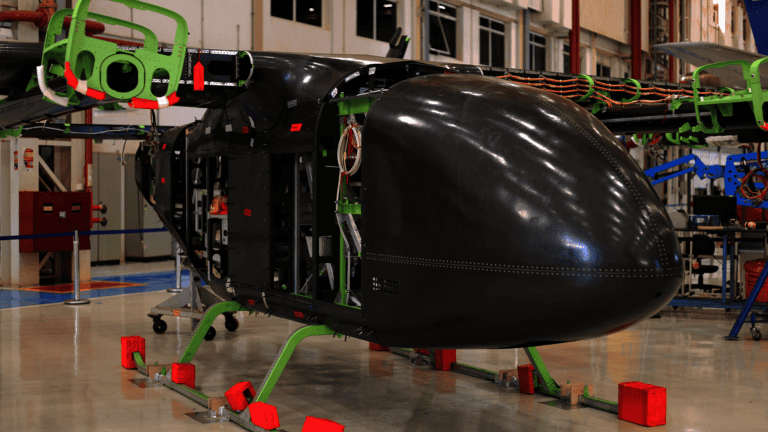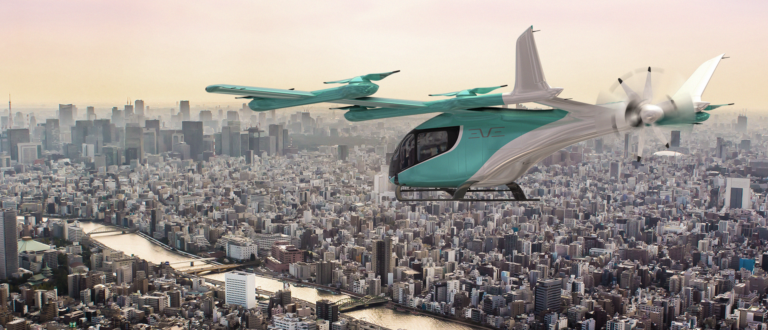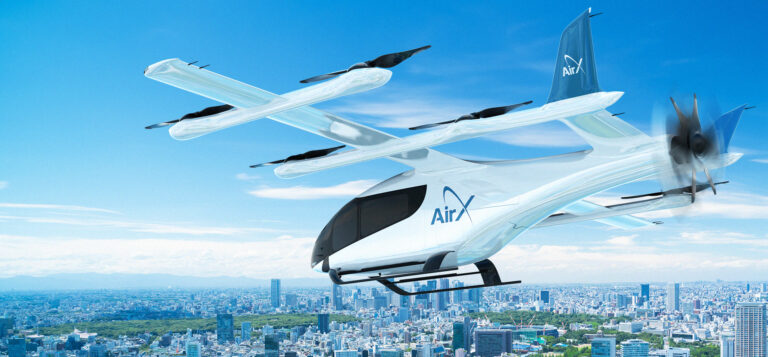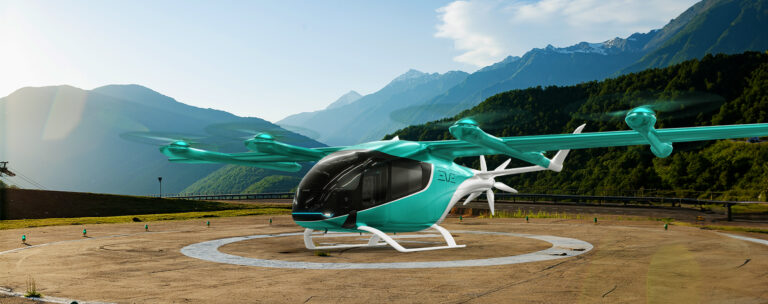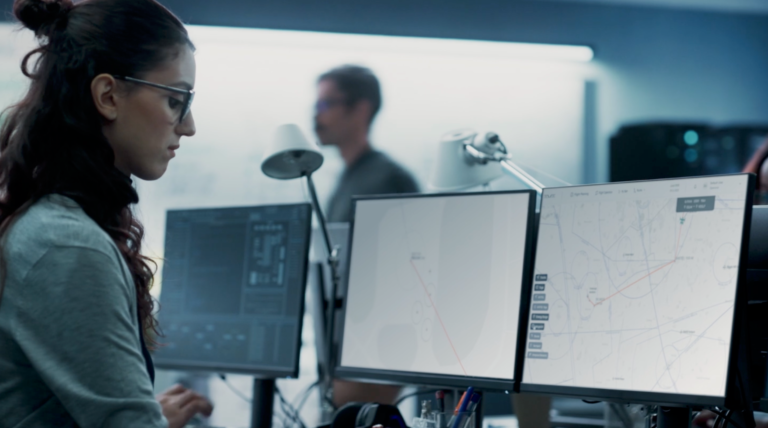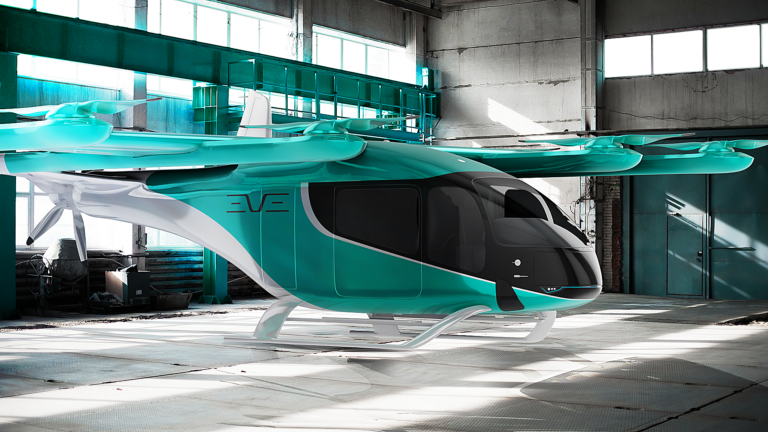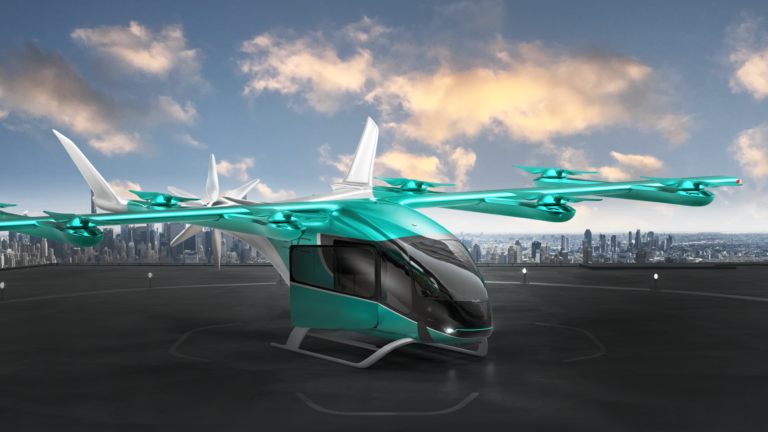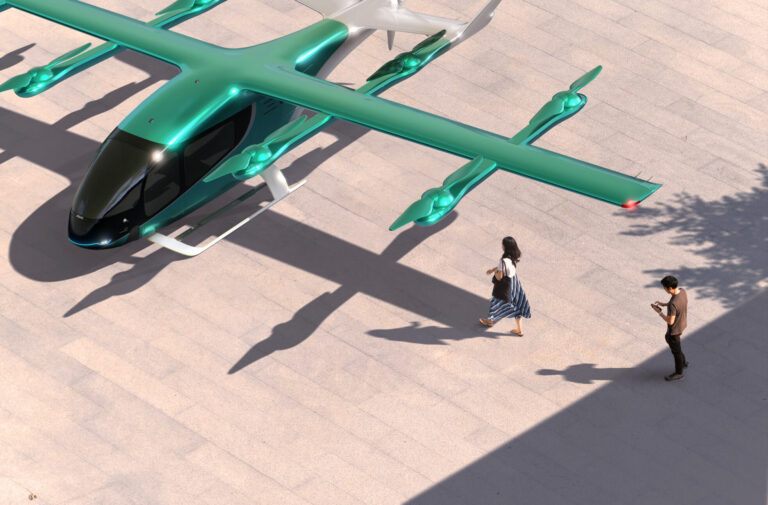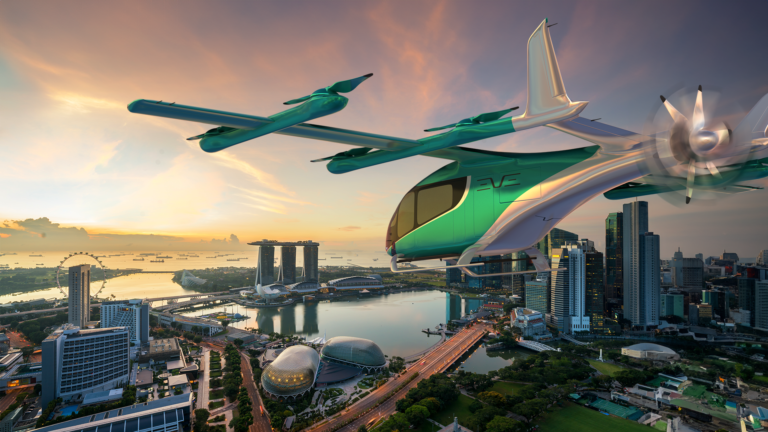Study shows that air commuting will be time-saving, cheaper, and shall occur in a very near future
It might not have happened as expected, but the time for assistant robots and flying vehicles has come. And 50 years sooner than “The Jetsons” predicted.
The 2020’s urban air mobility era might look a little different than the one portrayed by the TV show, though.
A recent MIT paper made in collaboration with EVE showed that, currently, there is a market demand for air commuting, and people are expected to use over ground transportation for specific trips, such as going to the airport or trying to save time going to work. Also, we are not far from using these services for other needs, like tourism or sightseeing.
It might sound dystopian, but it’s just air commuting. “It’s like any commercial flight, but within a city airspace”, says Andre Stein, EVE’s CEO.
For the time being, people seem to pursue convenience and time savings. And they are willing to use over ground transportation because it’s faster, more sustainable and it will become cheap over time.
Compared to ground-based vehicles, urban air commuters don’t need to take detours or change routes, once they overfly natural and built obstacles. Therefore, early adopters and potential customers for overground transportation will likely be metropolitan area commuters.
With a recurring pattern, those passengers are always trying to avoid rush hour and heavy traffic, which suggests that roundtrips are more likely to happen during the mornings and in the evenings.
More market share than you think
The MIT report suggests a robust scenario in terms of demand and revenue. The case study focused in Los Angeles, where the market combined statistical area was first estimated at 7,100 daily round trips, with 20 vertiports over the city. Ideally, round trips would increase to 12,900 if the number of vertiports also grows (from 20 to 50).
Also, research conducted by EVE showed that 89% of consumers would use an air mobility vehicle if they could -48% would do it every month, 28% said they would do it at least once a week and 13% answered that they would fly almost every day.
Cheaper than you think
Urban air mobility will be cheaper than one might expect. The MIT report calculated that, at first, a flight will be approximately US$ 3.56 to US$ 3.88 per passenger-kilometer, but costs may decrease according to the market’s demand. They are also more sustainable, being able to hold 4 passengers at a time.
The study estimates that the price range can go as low as between a range of US$1.14 and U$1.55 per passenger-kilometer, which means cheaper than a Los Angeles taxi fare nowadays.
That means that, once priced on par with ground transportation, over ground vehicles will be widely available to all consumers, democratizing air travel and commuting in general.
Learn more about the future of air mobility by accessing the MIT paper.


